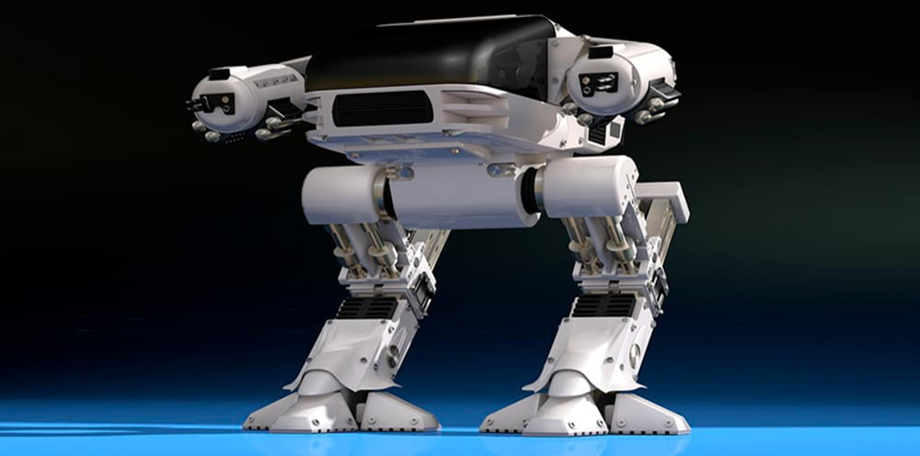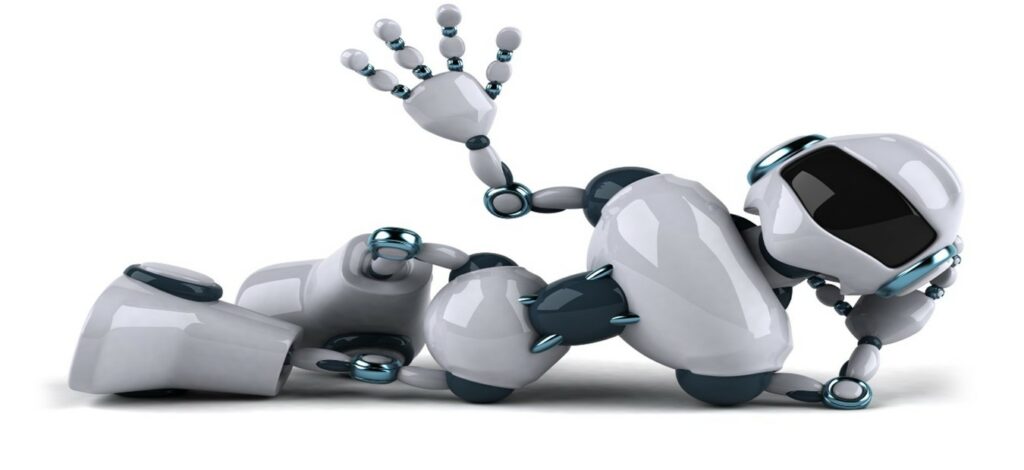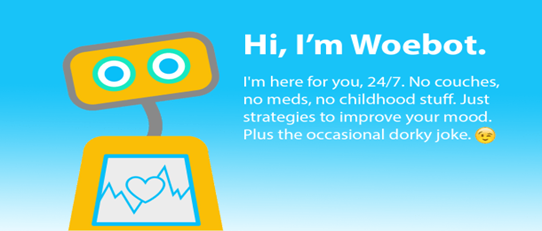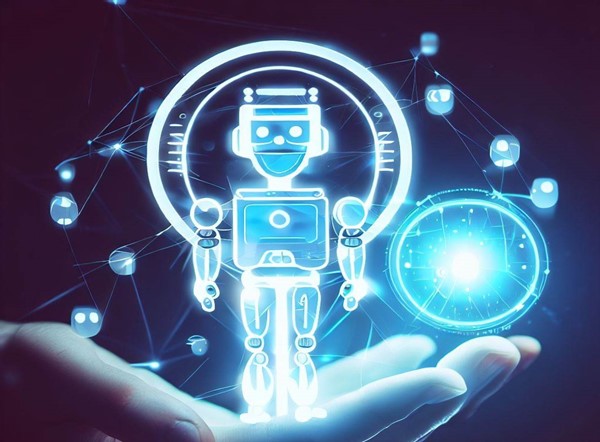Table of Contents
From the early days of robots entering the tech scene to today’s evolution towards intelligent bots, we have witnessed a relentless progression that has redefined the way we live, work and engage with technology.
Robots and bots are two of the most advanced technologies of our time. They are capable of performing tasks automatically, which can free up humans to focus on other, more important tasks. Robots and bots are also being used in a variety of new and innovative applications, revolutionizing the way we live and work.
In this article, we’ll take you from the earliest robots to contemporary bots, revealing how this technological progression has transformed our reality in ways we could only imagine before. We will also see the impact of these technologies in various sectors and finally we close the subject with other interesting topics such as: Innovations, success stories and sector personalities for a good understanding of the subject.
The Birth of Robots and their evolution
The modern technological scene would not be complete without a look back at the origins of robots. From the utopian visions of Isaac Asimov to the science fiction creations in the movies, robots have captured the human imagination for decades. However, the path from the first industrial automata to artificial intelligence androids was a gradual and challenging process.
Robots are machines that can perform tasks automatically (Fig. 1), especially those that are dangerous or tedious for humans. Bots are computer programs that can perform tasks automatically. Robots and bots are used in a variety of industries, including manufacturing, healthcare, agriculture, and logistics.

The first robots were rigid and predictable machines, designed to perform mechanical and repetitive tasks. Their presence in factories and assembly lines revolutionized production, but also raised questions about the balance between automation and human employment.
The first robots were created in the 1950s and were relatively simple. However, robots have evolved rapidly in recent years and are now much more sophisticated. Modern robots can learn and adapt, and can even make decisions for themselves. This means that robots are increasingly capable of performing tasks that were traditionally considered the exclusive preserve of humans.
Into the Bot Age: Beyond Automation
As technology advanced and processing capabilities grew exponentially, bots emerged as a natural extension of the robot revolution. However, bots weren’t just limited to automating physical tasks; instead, they entered the realm of interaction and communication with humans (Fig. 2).
From simple chatbots that answer basic queries to customer service bots that simulate real conversations, this new generation of technology has opened doors to a level of interconnection and convenience that was previously unthinkable.
The real magic behind modern bots lies in their ability to understand and adapt to changing contexts. This is where artificial intelligence (AI) and machine learning come into play.

Today’s bots don’t just follow a predefined set of instructions, they learn from every interaction and become more sophisticated over time. These intelligent systems can analyze data, understand human language more accurately, and even anticipate the needs and desires of users.
This evolution has led to the creation of personal virtual assistants, healthcare bots, and AI-powered e-commerce platforms.
Impact of robots and bots in various sectors
The presence and influence of robots and bots have spread across various industries, transforming the way we work, interact, and live. Here are some examples of how these technological advances have impacted different areas:
- Health and Medicine Sector:
In the healthcare sector, robots have played an essential role in assisted surgeries, medical diagnostics, and rehabilitation therapies. Additionally, healthcare bots and chatbots are helping to answer basic questions and provide information to patients, easing the burden on medical staff and improving accessibility to care.
- Industry Sector:
- Manufacturing and industrial automation:
Since their introduction, robots have been crucial elements in the manufacturing industry. They have streamlined production, improved efficiency and reduced occupational hazards by taking on repetitive and dangerous tasks. Industrial robots perform assembly, welding, painting and more, enabling faster and more accurate production.
- Customer service and e-commerce:
Customer service bots have revolutionized the way companies interact with their customers. They can provide quick answers to frequently asked questions, track orders, and assist in troubleshooting, improving the customer experience significantly. In e-commerce, bots are also used to personalize product recommendations and improve online navigation.
- Automotive and transport:
In the automotive industry, robots have been essential in the manufacture of vehicles and components. Automation of tasks like welding and assembly has improved quality and consistency in production. Furthermore, autonomous vehicles represent an advanced extension of robotics in the transportation sector, promising a revolution in mobility.
- Other sectors:
- Education and learning:
Educational bots are changing the way students access knowledge. Online learning platforms use bots to provide instant feedback, offer personalized exercises, and facilitate interaction between students and teachers, even in virtual environments.
- Agriculture and agribusiness:
Farm robots are revolutionizing the way crops and harvest are managed. From robots that can identify and remove weeds to drones that monitor and analyze fields, automation is improving efficiency and sustainability in agriculture.
- Entertainment and creativity:
In the entertainment industry, robots and bots have been used in creating special effects in movies and shows. Additionally, creative chatbots have made inroads into writing and generating artistic content, pushing the boundaries of AI-driven creativity.
- Finance and banking services:
Financial bots have become virtual assistants for managing accounts, conducting transactions, and tracking expenses. They are also used for financial data analysis and investment decision making.
- Investigation and exploration:
In space and underwater exploration, autonomous robots and drones have enabled data collection in environments inaccessible to humans. These devices can explore the ocean floor, investigate biodiversity in jungles and deserts, and study distant planets.
In short, the evolution from robots to bots is a rapidly developing field that is having a significant impact in a variety of industries. Robots and bots are automating tasks that were traditionally done by humans, freeing up humans to focus on other, more important tasks. Robots and bots are also being used in innovative new applications, which is revolutionizing the way we live and work.
Other interesting topics on the subject
Innovations:
There are many innovations in the field of robotics and bots that are currently being developed. For example, researchers are developing robots that can fly, robots that can swim, and robots that can climb walls.
Researchers are also developing robots that can interact with humans naturally, robots that can learn and adapt, and robots that can make decisions for themselves.
Examples of these technologies with current applications are: The bodyguard of the Emir of Bahrain is a giant robot and the bots we use daily (Facebook Messenger, WhatsApp, Slack and other instant messaging apps)
Success stories:
There are many success stories of robots and bots that have had a positive impact on society. In the realm of Robots, for example, in 2008, a robot named Da Vinci performed the first successful robotic surgery on the heart (Fig. 3). Da Vinci has performed more than 100,000 heart surgeries since then, helping to save many lives.

In 2012, a robot named Baxter was used by a manufacturing company to assemble products. Baxter has helped increase the company’s productivity and reduced the risk of workplace injuries. In 2016, a robot called SpotMini was used by a logistics company to transport goods. SpotMini has helped reduce the company’s transportation costs and has improved the safety of its workers.
Regarding bots Here are some success stories of bots in different industries:
- Customer service and customer support:
Sephora Virtual Artist: This beauty bot allows users to try on different makeup products virtually using their phone’s camera, helping customers make informed buying decisions.
Domino’s Pizza – Domino’s uses a bot to receive pizza orders through messaging platforms, streamlining the ordering and delivery process.
- E-commerce:
Shopify Bot: Many online stores use bots to provide personalized product recommendations to users based on their preferences and past shopping behavior.
ASOS Style Match: ASOS uses a bot that allows users to find similar clothes from images they find online or take in real life.
- Health & Wellness:
Woebot: Woebot is an emotional support bot that uses principles of cognitive behavioral therapy to help people manage stress, anxiety, and depression (Fig. 4).
Ada Health: Ada is a medical symptom bot that helps users assess their symptoms and provides information on potential medical conditions.

- Education:
Duolingo: Duolingo uses bots to give users instant feedback while learning new languages, making the learning process more interactive and effective.
Coursera Bots: Coursera uses bots to provide student support, answer frequently asked questions, and guide students through online courses.
- Finance:
Trim – Trim is a financial bot that helps users manage their personal finances by analyzing spending patterns, canceling unwanted subscriptions, and negotiating bills.
- Entertainment and social networks:
Siri and Google Assistant : These virtual assistants are examples of bots that offer a wide range of functions, from answering questions to performing tasks like sending messages and setting reminders.
TayTweets: Although it had a controversial ending, TayTweets was a Twitter bot created by Microsoft that interacted with users and learned from their conversations to improve their responses.
Industry personalities
There are many personalities in the robotics and bot industry who are making significant contributions to the field. For example, the engineer George Devol is considered the father of industrial robotics. Devol invented the first industrial robot in 1954, and his work has had a significant impact on the manufacturing industry.
Engineer Rodney Brooks is another leader in the field of robotics. Brooks is the founder of the Artificial Intelligence Institute at the University of Massachusetts, and his work has helped develop robots that can learn and adapt.
Engineer Yaskawa Motomura is also a leader in the field of robotics. Motomura is the president of Yaskawa Electric Corporation, one of the largest robot companies in the world.
Dr. Andrew Ng , is a machine learning expert and co-founder of Google Brain. He has contributed significantly to online artificial intelligence education through platforms like Coursera, and his academic and business contributions have influenced the advancement of bots and AI.
Mark Zuckerberg , CEO of Facebook has been involved in promoting bots through Facebook’s messaging platform, allowing companies to create customer service and sales bots on their platform.
Alexandre Lebrun , was one of the founders of Wit.ai, a natural language processing platform that allows developers to build conversational applications. The platform has been instrumental in the development of many bots and virtual assistants.
In conclusion, the impact and evolution of robots and bots is vast and diverse, spanning a variety of sectors and transforming the way we interact with the world around us. These advances continue to open up new opportunities, but also raise ethical and social challenges that require careful thought and responsible management.
Join the technological revolution of Robots and bots!
References
Own source

